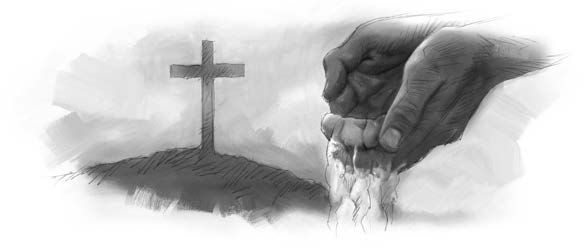Canine Literature Evangelist
A group of Seventh-day Adventist young people set out on a Sabbath afternoon to distribute GLOW tracts in a community in the U.S. state of Hawaii.
The young people prayed together and started knocking on people’s doors.
When the first door opened, a young man said: “Hello! We are from the Seventh-day Adventist Church, and we have a gift for you.”
“For me?” the surprised house owner said.
“Yes, for you”, the visitor said, extending a couple of small tracts.
When the house owner accepted the GLOW tracts, the young man offered to pray for her.
“Do you have any special prayer requests that we could raise to the Lord?”
The scenario repeated itself at house after house.
“Hello! We are from the Seventh-day Adventist Church, and we have a gift for you. How may we pray for you?”
The doorbell went unanswered at some houses. At a few, the owners asked the visitors to leave.
Then two young people approached a house surrounded by a fence. Finding the gate, they fumbled to open it when an alarming sound met their ears.
“Grrrrr … woof! Grrrrr … woof!”
Peering over the fence they saw an angry dog glaring back at them.
“What do we do now?” one asked.
Neither wanted to risk trying to get past the dog to ring the doorbell.
A young man took a GLOW tract and held it over the fence. The dog watched closely.
Then the young man dropped the GLOW tract. It fell onto the ground.
The dog ran up to it and sniffed it. Then it did a surprising thing. The dog picked the tract up with its mouth. Turning around, the dog trotted to the front porch of the house and deposited it in front of the door.
Adventist Church cofounder Ellen G. White tells us: “God will use ways and means by which it will be seen that He is taking the reins in His own hands. The workers will be surprised by the simple means that He will use to bring about and perfect His work of righteousness” (“Testimonies to Ministers and Gospel Workers”, p. 300).
If an angel can make a donkey talk, why cannot he also turn an angry dog into a literature evangelist in Hawaii?
And if a dog can share Adventist literature, why can’t you?
Nelson Ernst is co-founder and director of GLOW, a literature distribution ministry that started in California and has spread across the world.

